Domestic cats and dogs have cohabitated with humans for thousands of years. Despite both being beloved pets, their behaviors exhibit significant differences rooted in their evolutionary past. This article explores these behavioral differences to provide pet owners with a better understanding of their furry companions.
Instinctual Origins: Predators vs. Pack Animals
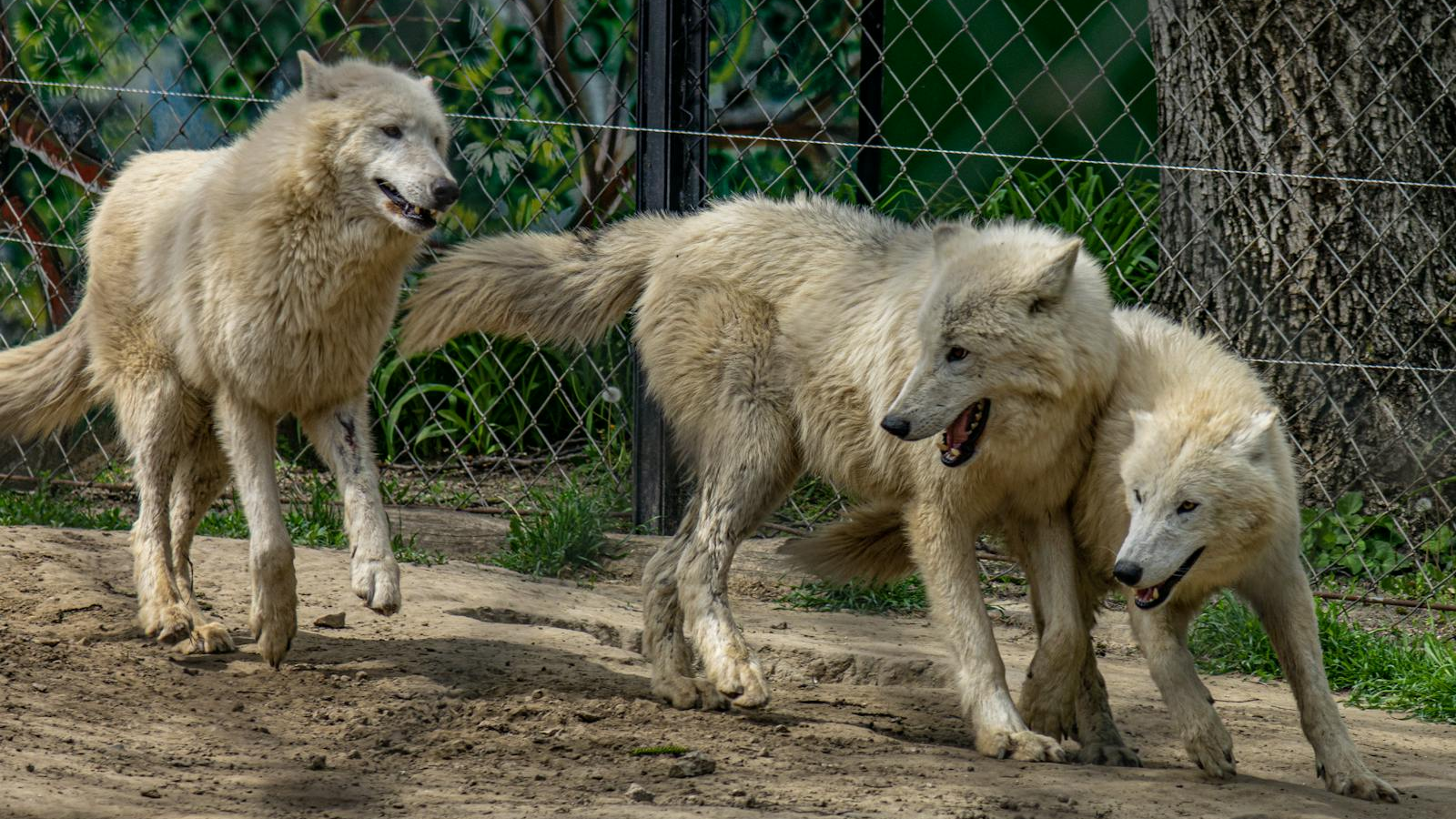
Photo by Media Friend via Pexels
The behavioral differences between cats and dogs can largely be attributed to their instinctual origins. Cats are solitary hunters by nature, descendants of solitary predators. In contrast, dogs evolved from wolves, which are pack animals. This fundamental distinction influences many aspects of their behavior and interactions with humans and other animals.
Social Structures and Relationships
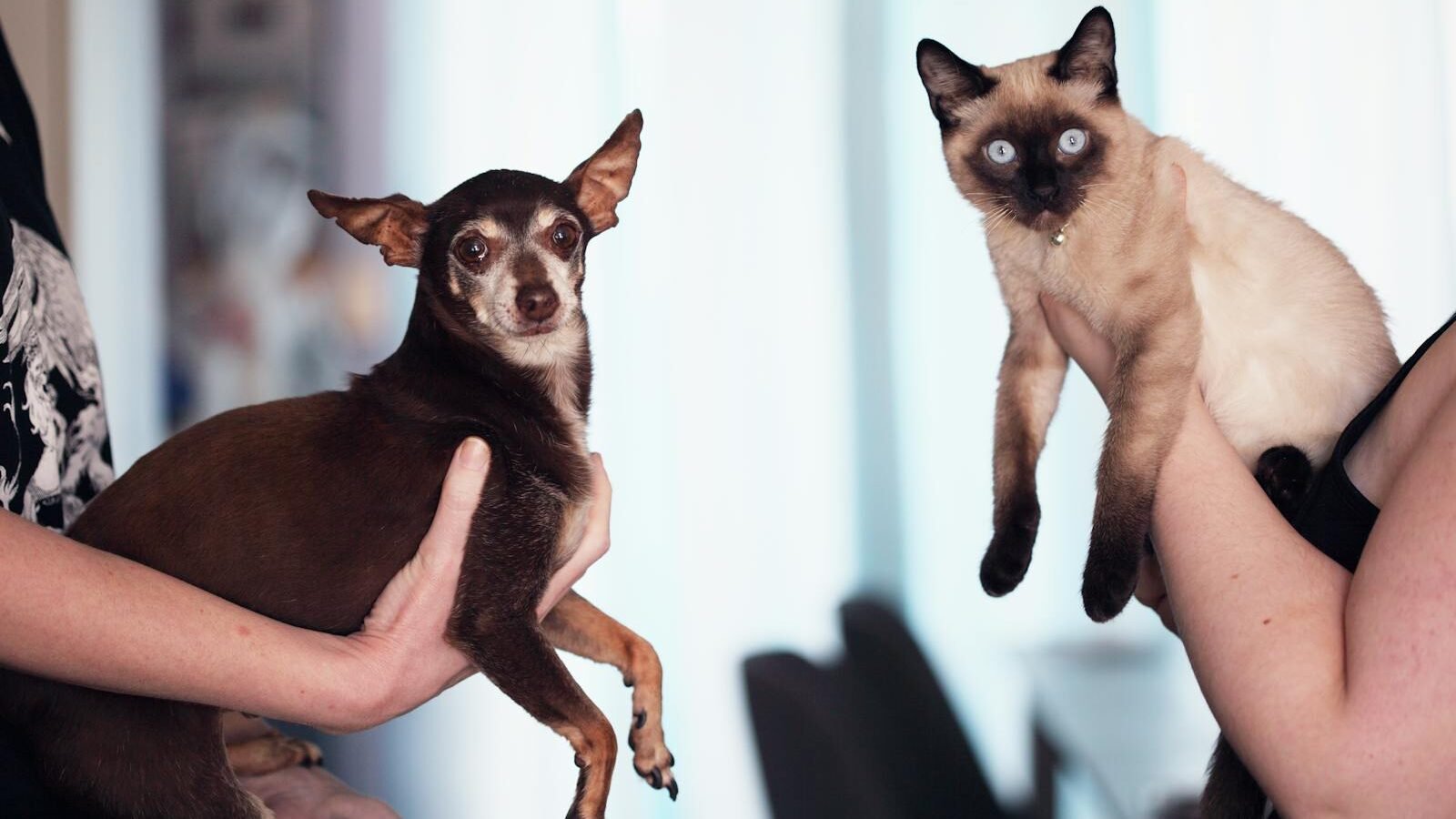
Dogs are inherently more social than cats, owing to their ancestral pack structures. They thrive on social interaction and are generally more eager to form and maintain bonds with humans and other animals. Cats, while social in their own right, often prefer more independent interactions and require different social dynamics to feel secure and content.
Communication Styles

Cats and dogs communicate through vocalizations, body language, and behaviors. However, their styles differ significantly. Dogs bark, whine, and use tail wagging to express emotions. They are explicit communicators, often trying to involve humans in their communication. Cats use meows, purring, and body language like tail flicks and ear positioning, often more subtle than their canine counterparts.
Training and Obedience
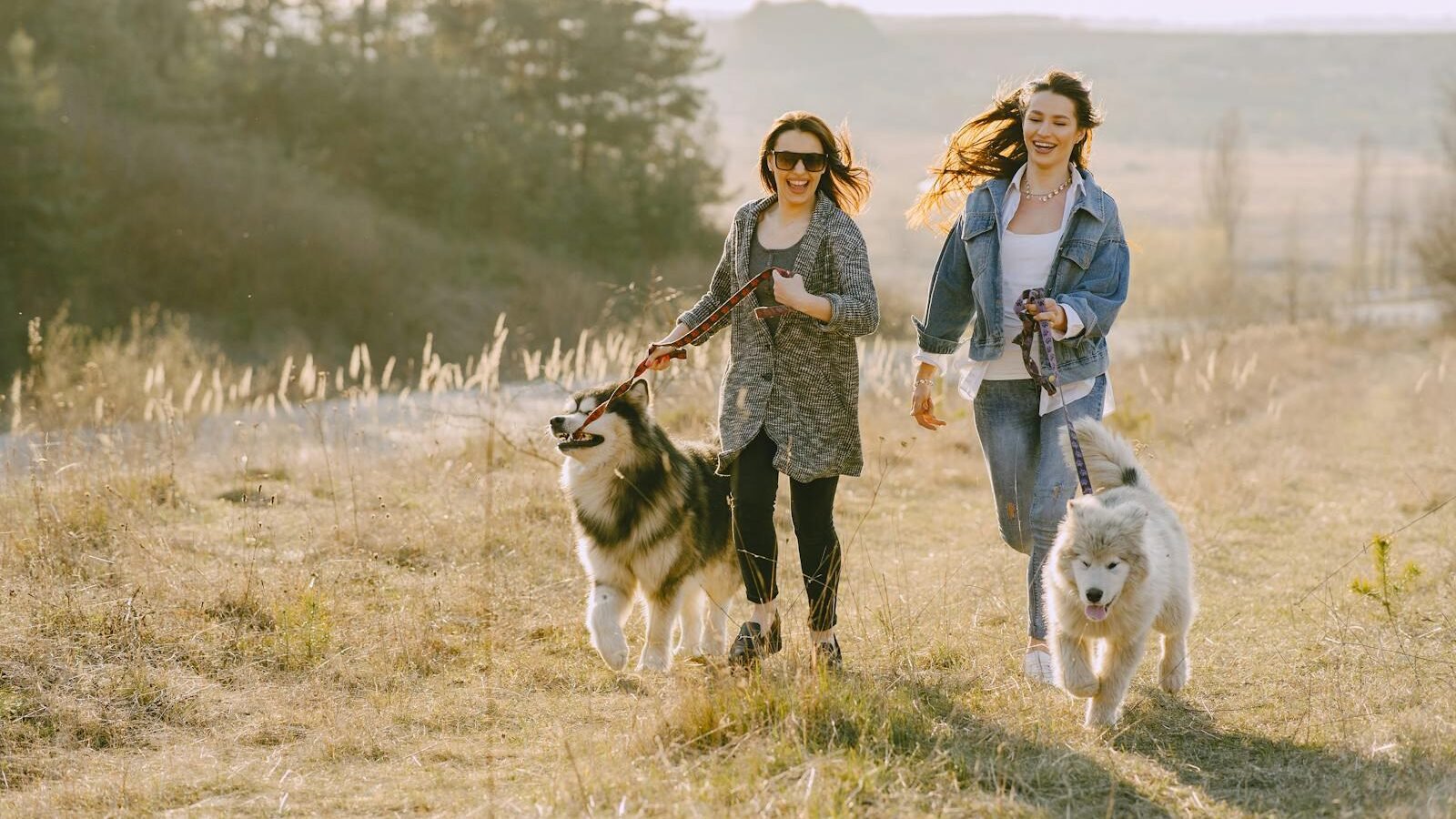
Dogs usually respond more readily to training than cats due to their social nature and desire to please humans. They can be trained to perform a variety of tasks and tricks. Cats are often perceived as less trainable, not because they lack intelligence, but due to their independent nature. They may follow commands, but often on their own terms and timing.
Play Behavior and Energy Levels
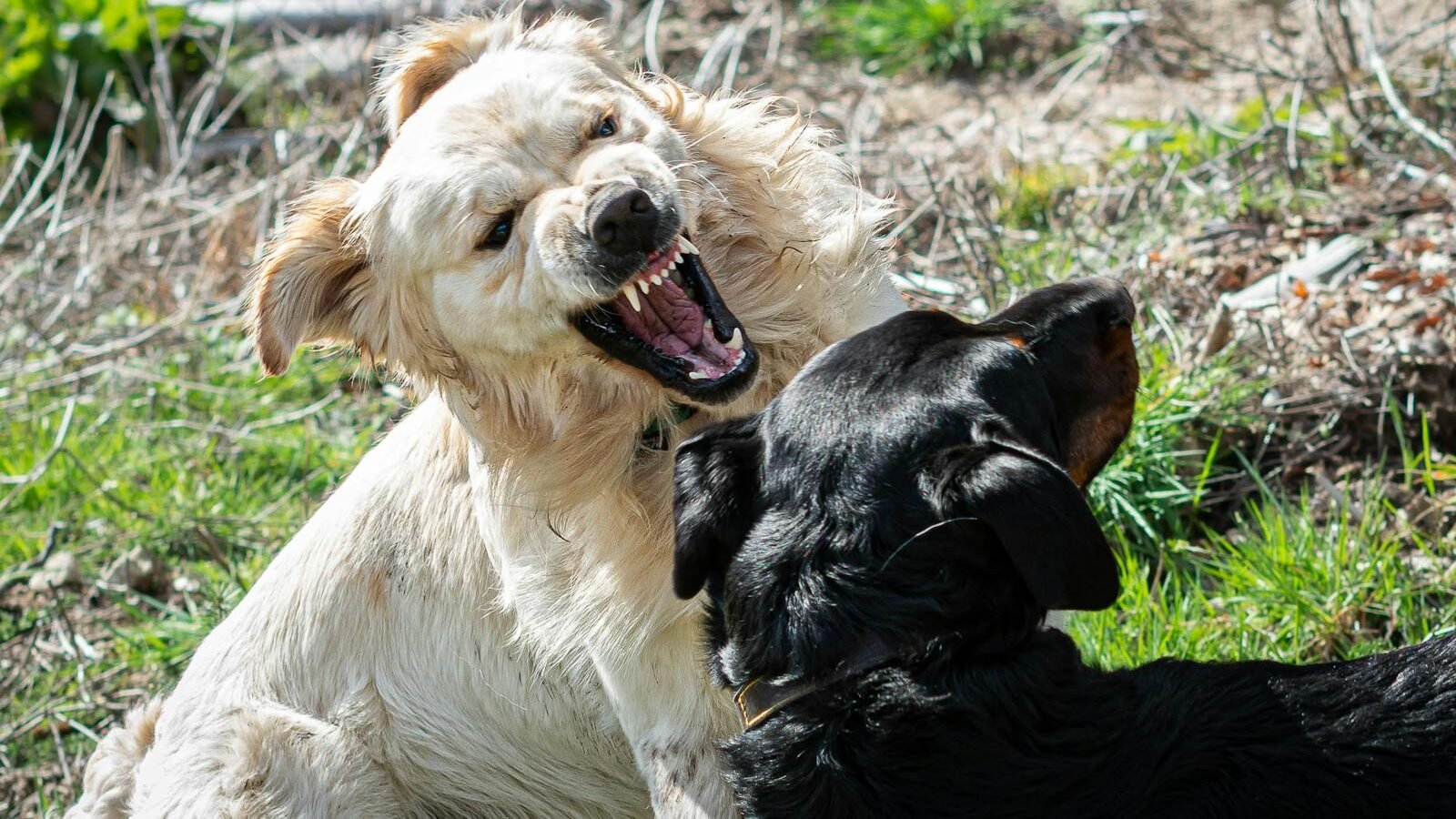
Play is essential for both cats and dogs, but their methods and energy levels differ. Dogs often engage in group play, reflecting their pack-oriented past, and display more consistent energy levels suitable for sustained activity. Cats exhibit bursts of energy, often preferring solitary play activities like hunting simulations with toys that mimic prey movements.
Territoriality and Space
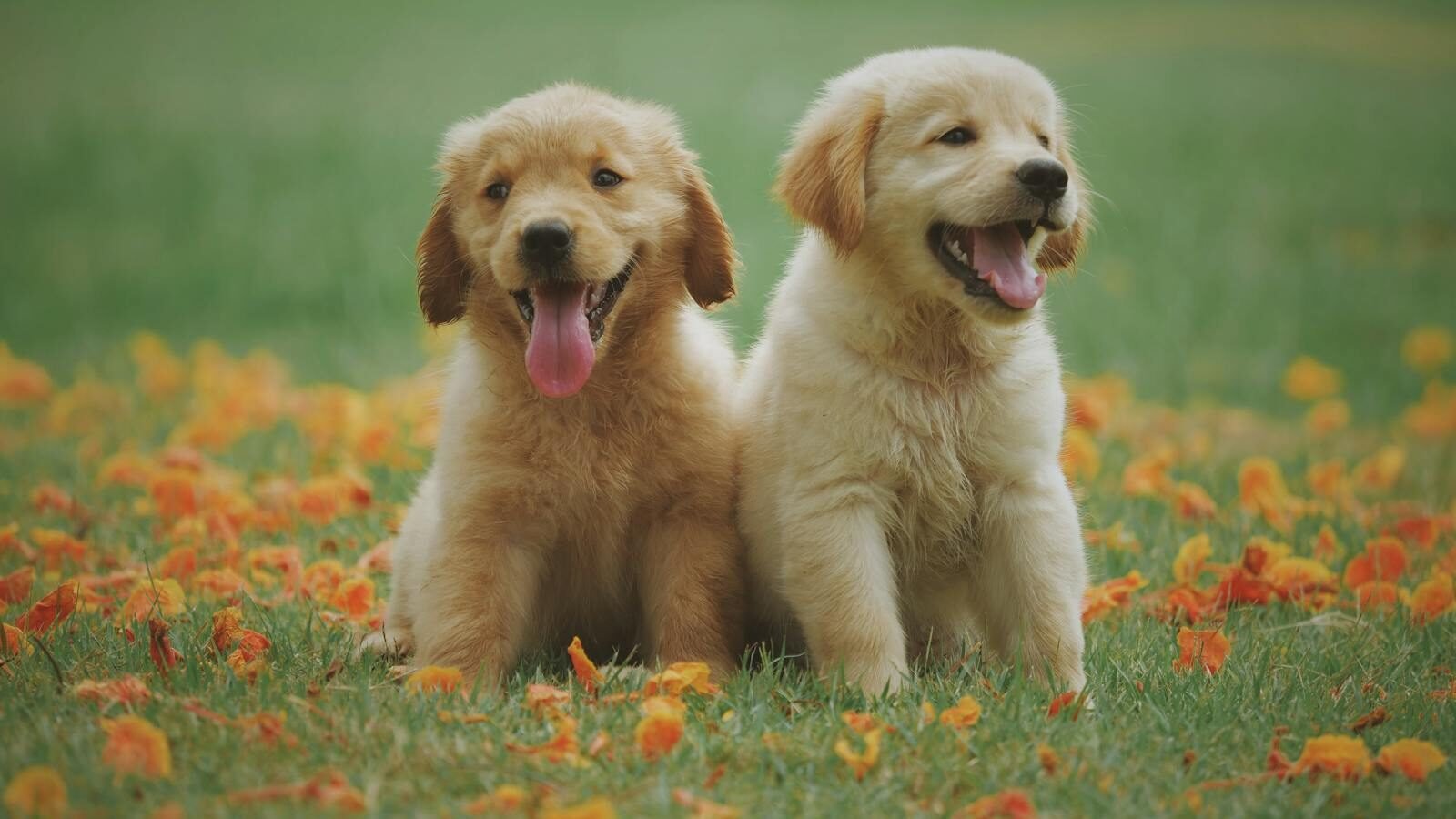
Cats are typically more territorial than dogs, investing significant interest in marking and patrolling their domains. They thrive in familiar environments and can become stressed when their territory is compromised. Dogs, while also territorial, usually adapt more easily to changes in location or new family members, reflecting their social and flexible nature.
Affection and Attachment
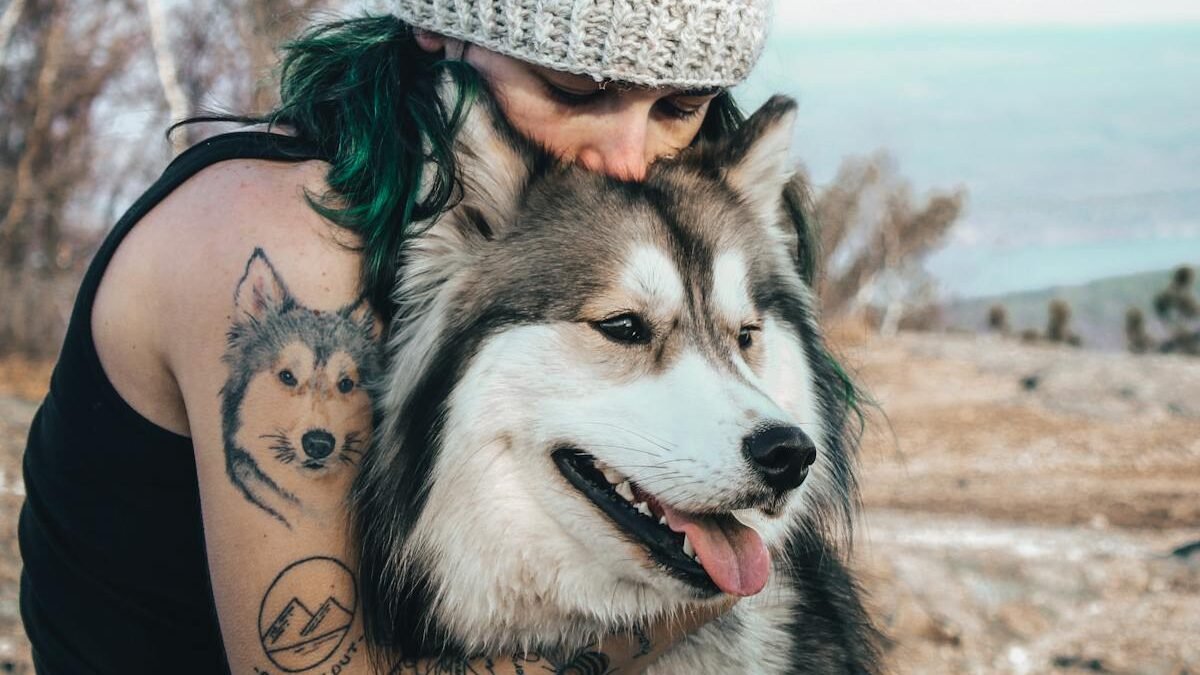
Dogs are known for their loyal and affectionate nature, often displaying overt attachment to their humans. They follow cues and react with enthusiasm to affection. Cats show affection differently, often through head nudges, gentle kneading, and purring. They may not always seek constant interaction but form strong bonds characterized by a more nuanced display of attachment.
Grooming Habits and Hygiene

Cats are meticulous groomers, spending a significant portion of their day licking and cleaning their fur. This behavior is both hygienic and a stress reliever for cats. Dogs require regular grooming from their owners to maintain their hygiene and healthy coats, reflecting their more communal lifestyle where grooming was a shared pack activity.
Adapting to Change
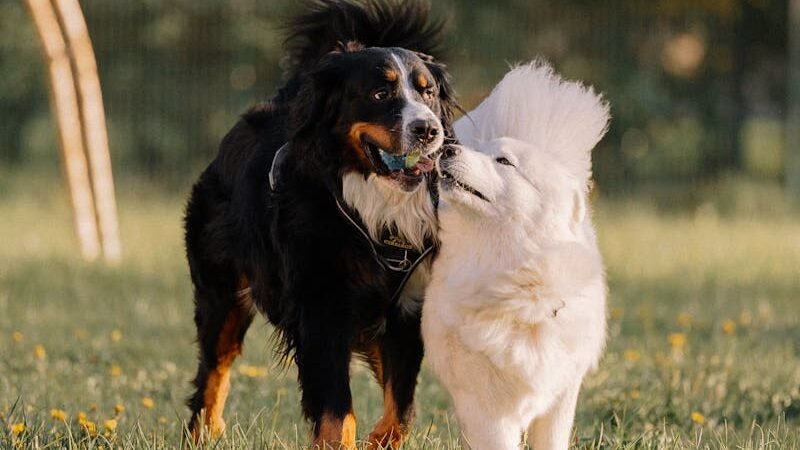
Cats and dogs differ in their ability to handle change. Dogs generally adapt more readily to new environments, people, and routines, given their social and pack-oriented nature. Cats are creatures of habit, often needing gradual introductions to changes in order to feel secure, given their territorial instincts.
Conclusion: Understanding Individual Behaviors

While domestic cats and dogs have distinct behavioral patterns rooted in their evolutionary history, individual differences always exist within each species. Understanding these general tendencies helps pet owners cater to the unique needs of their pets, fostering harmonious cohabitation and enriching the human-pet bond.

With over a decade of experience as a dedicated cat lover and enthusiast, I specialize in writing captivating content about all things feline. My expertise shines through in creating engaging and informative pieces that resonate with fellow cat lovers. As a proud cat parent to my beloved Duston, my personal connection to the world of cats adds authenticity and warmth to my work, making it relatable and heartfelt.






